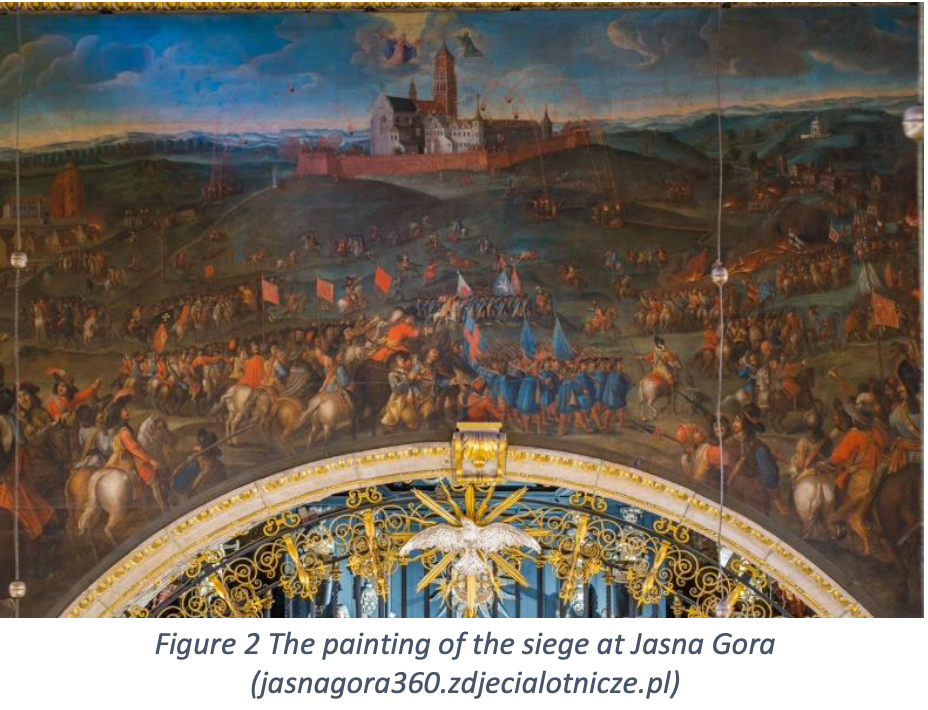When grading the “perfect” essay, an essay that is worthy of being published somewhere, a teacher must take into account five key aspects in their grading rubric.
- Grade Level. Antoni is a 9th grader. This fact will influence the following four aspects of his paper.
- Formatting and Voice. How does the paper look and how does the paper sound? Based on grade level, the paper must meet all the required formatting requirements, must be easy to read and understand, and must not plagiarise.
- Supported Content. All research must be documented with sources cited and must meet all the requirements for both the amount and the depth of the research required by the topic and the paper’s purpose.
- Structure and Organization. The paper must adhere to every aspect of the needed organizational structure required by the assignment, typically that of the 5-paragraph essay: Tell ’em what you’re gonna tell ’em, Tell ’em, and Tell ’em what you told ’em!
- Original Thinking. Why was it important to learn about this topic and what should I, the reader, do with the information?
When a student can accomplish #2-5 with excellence — no errors and no improvements needed — based on their grade level, that’s what makes a perfect paper! That’s what’s made Antoni’s essay so special and deserving of publication. Enjoy!
The Polish Deluge
Beating the Odds
History is who we are and why we are the way we are. The Polish Deluge—the events leading up to it, the Swedish invasion, and the Polish comeback and victory—defines Polish values today and is an example of the Poles’ determination to survive through all circumstances.
Poland was in a difficult situation in the years preceding the Deluge. However, at the start of the 1600s, it certainly did not seem so. With a population of 10 million and borders stretching past modern-day Ukraine and Belarus, the Polish-Lithuanian Commonwealth was the largest nation in Europe at the time (Figure 1).
The Ukrainian territory was quickly lost, though, at the Ukrainian Cossack insurrection, Ukraine’s rebellion against Poland. Started by Bohdan Khmelnytsky in early 1648, the rebellion weakened the Polish army and spread violence against Poles and Jews living in Ukraine. The origins of the Deluge, however, can be directly traced back to Polish Princess Catherine Jagiellon and her husband, John Vasa, the brother of the Swedish King, who were imprisoned in a Swedish castle by order of the suspicious monarch. Their son, Sigismund III Vasa, soon-to-be Polish King, was raised a Catholic in this castle, diverging from the dominant Lutheran religion that embodied Sweden. After winning the Polish Royal election, Sigismund left for Poland in 1587 to be crowned. However, after the death of John II Vasa, his father and then-Swedish-King, Sigismund returned to Sweden and succeeded in attaining the throne. His reign was short-lived, however, as the Swedes opposed his attempt to convert them to Catholicism. Thus, the Swedish Parliament removed him from the throne in 1599 and crowned Charles IX instead. Sigismund returned to Poland and, on March 12, 1600, attempted to fulfill the promise he made at the time of his election of making modern-day Estonia part of the Polish Commonwealth. Unfortunately, Sweden had similar plans, and their reaction to Poland’s advance resulted in the many wars leading up to the Polish Deluge.
The Poles were totally unprepared to face the well-trained Swedish army at the start of the Deluge. Sweden began the Deluge by sending two of its armies into Lithuania and Greater Poland. The nobility of the latter and much of the magnates in surrounding areas surrendered without a fight, and, in September of 1655, Warsaw followed suit. In the same month, with the Polish forces in shambles, Lithuania seceded from Poland and became part of the Swedish Empire in the Union of Kėdainiai for protection against the growing threat of a Muscovite invasion. Even Krakow, which was being defended by Stefan Czarnecki, capitulated in October. During this time, Polish King Jan Kazimierz Vasa, Sigismund III Vasa’s son, fled from Poland. In an address to the country, he appealed that “people of every condition and station” fight for the fatherland.
The war was far from over after the initial invasion, however, as the Swedes made their gravest error. They spat on Polish culture and religion in their many crimes against Polish nobility, quickly changing the minds of those who at first had no problem accepting Carl Gustav as their new ruler. The last straw came at the siege of Jasna Gora. When the Swedish army reached Jasna Gora on November 8th, 1655, they were expecting a quick surrender. However, the monastery, with its thick walls and only 310 mostly untrained men, chose to fight instead. After fifty days of cannon fire and multiple unsuccessful storms (Figure 2), the Poles celebrated their incredible victory as the Swedes gave up their siege and left the premises of the monastery.
The victory at Czestochowa launched a national uprising. Polish partisans took back Lesser Poland, and Stefan Czarniecki organized the Polish forces and trapped Carl Gustav at the junction of the Vistula and Sand Rivers. Meanwhile, Polish Hetmans formed a coalition with the Lithuanian governor Pawel Sapiecha and liberated Warsaw. Soon after, Jan Kazimierz returned to Poland and vowed to improve the living conditions of peasants involved in the uprising. As Poland formed alliances with Habsburgs, Brandenburg Prussia, and Denmark, Polish forces eventually forced the Swedes off their land. The conflict officially ended in May of 1660 with the Treaty of Oliwa on the terms that the Swedish and Polish border would return to its pre-war state.
A people’s characteristics are determined by their history, just as the Polish Deluge is a testimony to the strong Polish values of perseverance and patriotism. Jasna Gora, with only 310 men, survived the cannon fire and assaults of the Swedish army for fifty days before celebrating their miraculous victory. The national uprising that followed quickly regained Lesser Poland and Warsaw as Polish King Jan Kazimierz journeyed back to his people. After many more victories for the Poles, the Deluge ended with the Treaty of Oliwa and Poland recovered all the land it lost. This incredible series of events is an example of why, as Americans, we should fight for our values today. Just as the Swedes sieged Jasna Gora half-a-millennia ago, communist and totalitarian regimes are besieging the United States and its value of freedom. Many Americans believe that this is a mere conspiracy theory or an impossibility; they think history will not repeat itself. However, as former U.S. President Ronald Reagan said, “Freedom is a fragile thing and it’s never more than one generation away from extinction…it must be fought for and defended constantly by each generation, for it comes only once to a people.” The United States is the world’s last refuge for this great gift of freedom. All Americans have the responsibility to defend it and fight for it, so that the legacy of those who built and died for this Nation may never be lost. If we persevere like the Poles that took part in the uprising, goodness will prevail and freedom will be victorious.
Antoni Kleczek CHESS EW 7-9 Wow History Paper 2/23/2021
Works Cited
Dawson , Andrew. “Poland.” Encyclopedia Britannica,
www.britannica.com/place/Poland. (last updated: 1/30/21)
Gessner, Peter. “The Reign of the Vasa Dynasty (1587-1668) the Wars with Sweden and the
Events of the Swedish Deluge.”
Info-Poland, info-poland.icm.edu.pl/classroom/potop/1655.html. (last viewed: 2/2/21)
“How Did Holy Monks Defeat an Invading Army?” History Hit, 27 Dec. 2017,
www.historyhit.com/1655-holy-monks-defeat-invading-army/.
Łowiczanka. “The History of Poland You Never Knew…” Do Góry, 31 Aug. 2010,
lowiczanka.wordpress.com/2010/08/31/the-history-of-poland-you-never-knew/.
Meilus, Elmantas. “The 1655 Union of Kėdainiai: from Poland to Sweden.” Lithuania Tribune,
17 May 2018, lithuaniatribune.com/the-1655-union-of-kedainiai-from-poland-to-sweden/.
Reagan, Ronald. “January 5, 1967: Inaugural Address (Public Ceremony).”
Reagan Library, 5 Jan. 1967, www.reaganlibrary.gov/archives/speech/january-5-1967-inaugural-address-public-ceremony.
“The Painting of the Siege of Jasna Góra.” Jasna Góra – Sanktuarium Narodu,
jasnagora360.zdjecialotnicze.pl/en/the-painting-of-the-siege-of-jasna-gora/. (last viewed: 2/2/21)






0 Comments